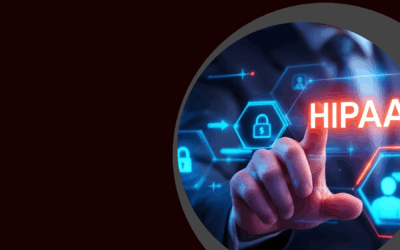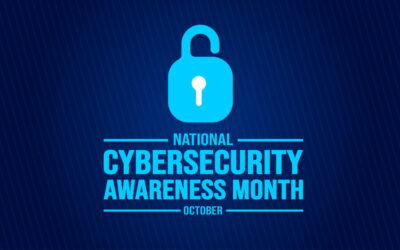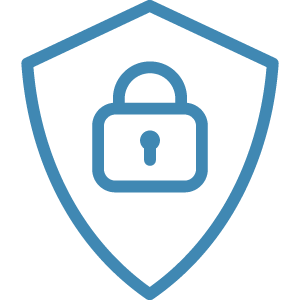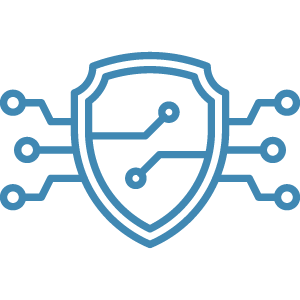IT Resources
IT Resources
Helpful IT Insights, Tips and Updates
Welcome to our IT resources page! This is your go-to place for tips and advice on everything IT. Our IT blog has helpful articles to keep your systems secure, your data safe, and your IT running as it should.
Stay in the Know
Make sure to check back for new posts, and if you ever need help, don’t hesitate to reach out to us.
Our Latest Blog Posts
We regularly update our blog with helpful posts on IT best practices, trends and tips. Here are our most recent articles
Did You Know: Patient records are worth 10x more than credit card data to hackers
As a doctor or dentist, your first priority will always be your patients. Every day you and your team work hard to deliver great care, earn trust, and keep people healthy. But behind the scenes, there’s another challenge you can’t ignore: cybersecurity. Medical and...
Time for a New Approach: IT Support with a Human Touch
Let’s face it—most business owners and employees don’t get excited about IT and cybersecurity. When systems break, when emails stop working, or when a suspicious message lands in the inbox, the last thing you want is a long wait for help or a reply filled with...
Don’t Become a Statistic: Cyber Attacks in Medical and Dental Practices on the Rise
Running a medical or dental practice means one thing is always at the top of your mind: your patients. Every day, you and your team focus on providing excellent care, building trust, and making sure your patients feel comfortable and supported. That’s where your...
Managed Cloud Hosting for Growing Businesses
Smartest Move for Growing Businesses For growing businesses, staying competitive means having the right technology in place—without the overhead. Managed cloud hosting is one of the smartest moves a scaling company can make. It delivers the flexibility, performance,...
The Benefits of Outsourcing IT: Getting the Most from Your IT
In today’s competitive society, businesses need to rely on a robust IT infrastructure to stay ahead of the competition. You can achieve your IT goals by partnering with the right people and utilizing efficient technology. When you have a business to manage, the last...
How Missing Cyber Insurance Rules Can Put Your Business at Risk
Cyber insurance is like a safety net for your business in case of a cyberattack. It can help cover the costs of a breach, including recovery and legal expenses; but in order to rely on that safety net, you need to follow the rules outlined in your cyber insurance...
3 Reasons the Co-Managed IT Model Might Be the Perfect Fit
Money—saving it and making it—drives almost every business decision regardless of the size of your organization. Cutting back on in-house IT makes room in your budget, but ultimately results in more IT issues and subpar performance. It’s the old cliché — you get what...
Why Your Business Needs a Data Backup & Recovery Plan
We all know how important our business data is in today's digital world. We are creating and using tons of new data every day. In fact, according to Forbes, there are 2.5 quintillion bytes of data created every 24 hours, and much of this business data is essential to...
Elevate Your Business with IT Outsourcing in 2025
In today’s rapidly evolving technological landscape, businesses of all sizes are grappling with the increasing complexity of IT management. From cybersecurity threats to infrastructure maintenance, the demands on IT teams are mounting. Outsourcing IT services has...
Discover the Advantages of AI Cybersecurity Solutions
Discover the Advantages of AI Cybersecurity Solutions In today’s digital world, businesses face an overwhelming volume of daily cyber threats—over 200,000 alerts for a typical mid-sized company, according to TechRepublic. Managing such a flood of alerts is...
VoIP Phone Systems Drive Down Costs and Boost Productivity
VoIP Phone Systems Drive Down Costs and Boost Productivity At GainSide, we’re always looking for ways to cut costs and increase efficiencies. VoIP phone systems are a proven technology that fits the bill. What if you could improve business communication, boost...
Cybersecurity Awareness Month: 4 Essential Tips to Protect Your Digital Fortress
Introduction October is Cybersecurity Awareness Month, a time dedicated to raising awareness about online threats and empowering individuals and businesses to safeguard their digital assets. In this blog post, we’ll explore four essential tips to enhance your...
Our Latest Videos
Watch our videos to learn how our security services impact our customers’ businesses on a daily basis.
Our Latest eGuides
Learn how GainSide can help you by downloading one of our complimentary eGuides.
Subscribe!

Tired of dealing with IT problems that slow you down?
Our free guide reveals how managed services can help you stop issues before they start and save money. Download now to see how managed IT can take your business to the next level.
Check Out Our IT Services
Take a look at what we offer and see how we can help your business

Managed IT Services
Get 24/7 IT support and management to keep things running smoothly.

IT Security Services
Keep your business protected from cyber threats with endpoint protection, email security and more.
Data Management & Backup Solutions
Keep your data safe with cloud backup, hosting and recovery options.
















